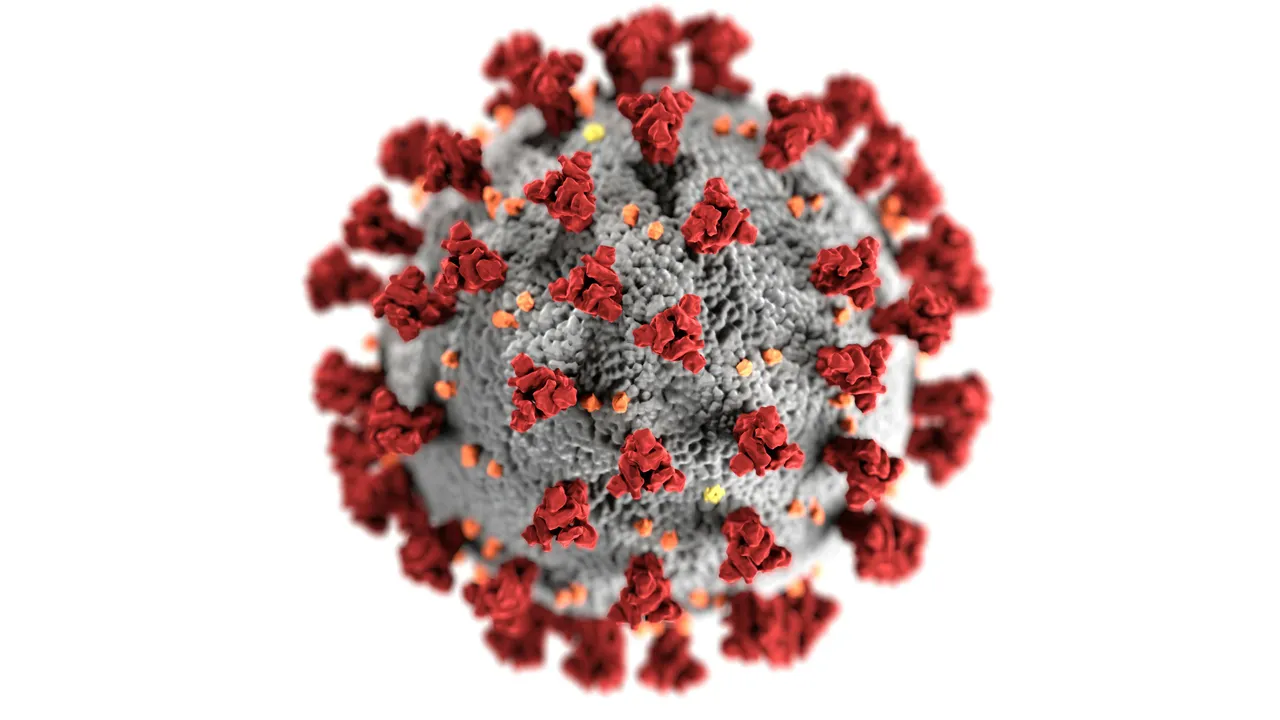
Many herpesviruses—such as HSV, EBV, and CMV—can establish lifelong infections by entering a state of latency. While dormant, these viruses evade immune detection and can sporadically reactivate, yet the molecular control of this process remains only partially understood.
🧬 What Is Viral Latency?
Latency is defined by three key criteria: (1) maintenance of the viral genome without active replication, (2) extremely limited gene expression and no production of viral particles, and (3) the ability to transition back to full lytic replication under stimuli. These hallmarks are common across alpha‑, beta‑, and gamma‑herpesviruses MDPIJCI.
HSV (Herpes Simplex Virus 1 & 2)
- HSV establishes latency in sensory neurons, where the viral genome persists as episomal DNA. Only the latency-associated transcript (LAT) is expressed during latency, repressing lytic genes and protecting neurons from apoptosis JCI.
- CD8⁺ T cells producing IFN‑γ help maintain latency by suppressing reactivation in trigeminal ganglia, alongside viral factors like LAT and microRNAs PubMed.
- The molecular switch between latency and reactivation—triggered by stress, UV, or immunological signals—remains poorly defined despite known roles of viral immediate‑early proteins and host transcription factors NCBI.
EBV (Epstein‑Barr Virus)
- EBV latently infects memory B cells and epithelial cells, expressing restricted viral genes depending on latency program (Latency I, II, III), while most lytic genes are epigenetically silenced Wikipedia.
- Recent studies using PRO‑Seq highlight that RNA polymerase activity increases at CTCF binding sites on the EBV genome prior to reactivation—suggesting that chromatin organization plays a regulatory role in triggering the lytic switch NCBI.
- Upon reactivation, EBV expresses the nuclease BGLF5 to degrade host mRNAs, profoundly altering host gene expression—mechanisms still under active study PubMed.
CMV (Cytomegalovirus)
- CMV establishes latency primarily in myeloid progenitor cells and monocytes, occasionally in neurons, with broad gene silencing mediated by chromatin repression of the major immediate‑early promoter MDPI.
- Inflammatory stimuli and cellular differentiation (e.g. monocyte‑to‑dendritic cell transition) can prompt reactivation, while IFN‑γ from tissue-resident CD4⁺ T cells plays a critical suppressive role in latency maintenance PubMedBioMed Central.
🔎 Unanswered Questions & Research Frontiers
- How latency is epigenetically maintained: While histone methylation and the LAT/non‑coding RNAs silence viral genes, the exact host-virus interplay remains obscure JCI.
- What determines reactivation thresholds: Individual variability in stress sensitivity and immune surveillance likely shape reactivation frequency—but precise pathways remain undefined.
- Mechanisms of immune evasion during latency: Viruses express miRNAs and decoy proteins to reduce detection, yet how these balance latency and occasional reactivation is not fully resolved Reddit.
- Impact on chronic disease and immunity: EBV and CMV latency may contribute to autoimmunity, inflammaging, and other long-term sequelae—but causal links are still under investigation.
🚀 Emerging Strategies & Experimental Approaches
- Therapeutic prime‑pull vaccines aiming to bolster tissue‑resident T cell memory in HSV-infected individuals show promise in reducing reactivation—still largely preclinical Reddit.
- Novel research explores latency‑reversing agents, along the lines of HIV “shock and kill,” to flush out latent herpesviruses.
- CRISPR-based genome editing holds theoretical potential to target viral episomes, although practical application remains distant.
✅ Conclusion
HSV, EBV, and CMV epitomize the persistent nature of human herpesviruses: they evade, persist, and occasionally reactivate—but our grasp on the precise control of latency is still incomplete. Unraveling these mechanisms is crucial for future treatments aiming not just to suppress symptoms—but to finally disarm the silent reservoirs within us.
🔗 References
- Latency fundamentals across herpesviruses MDPIJCI
- Molecular mechanisms of HSV latency and reactivation NCBI
- HSV epigenetics, LAT transcripts & immune control JCIWikipediaWikipediaBioMed Central
- EBV latency programs, chromatin regulation & CTCF‑based reactivation NCBI
- CMV latency mechanisms and IFN‑γ immune control BioMed Central
Pic source
Pexels : CDC